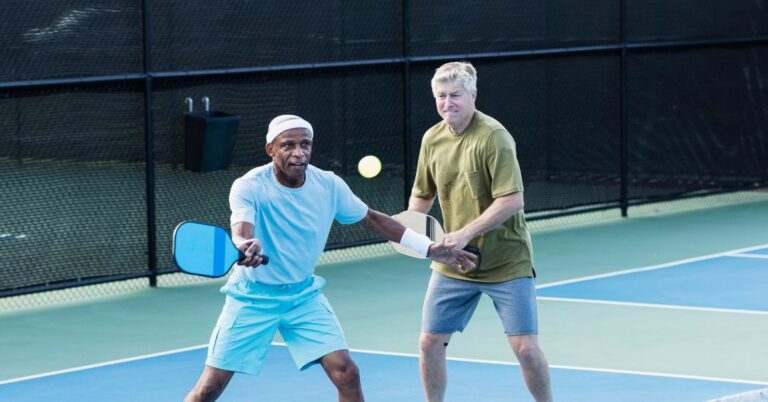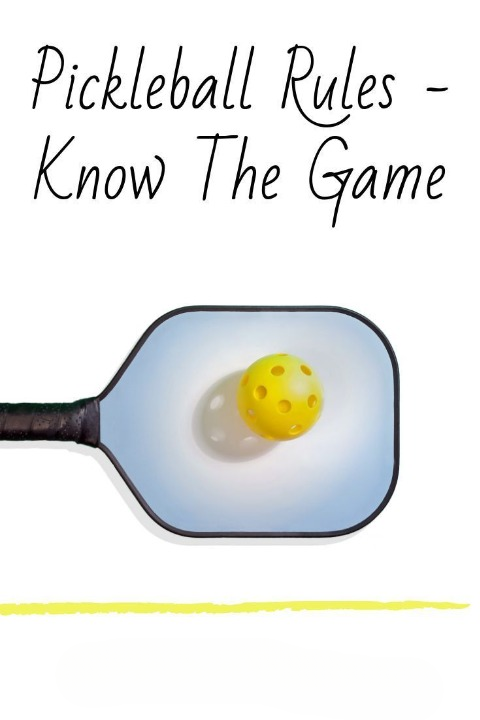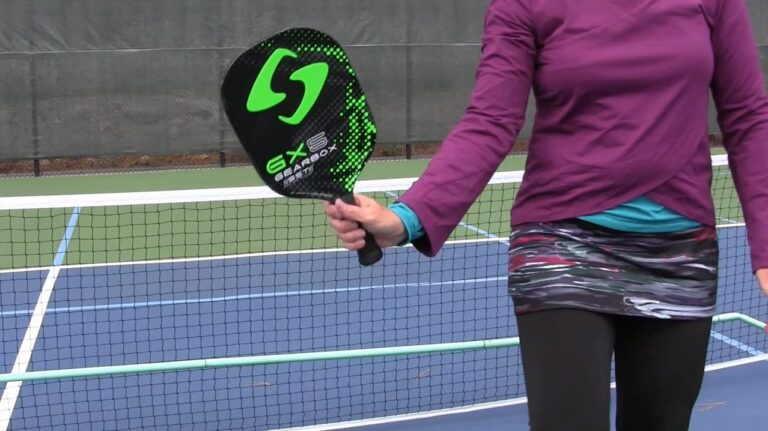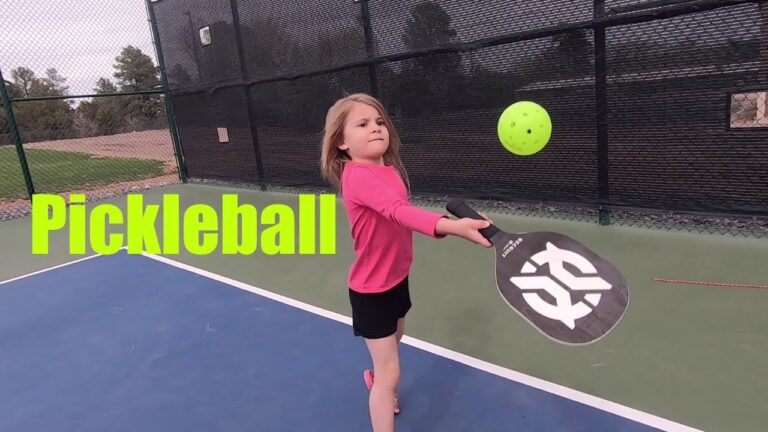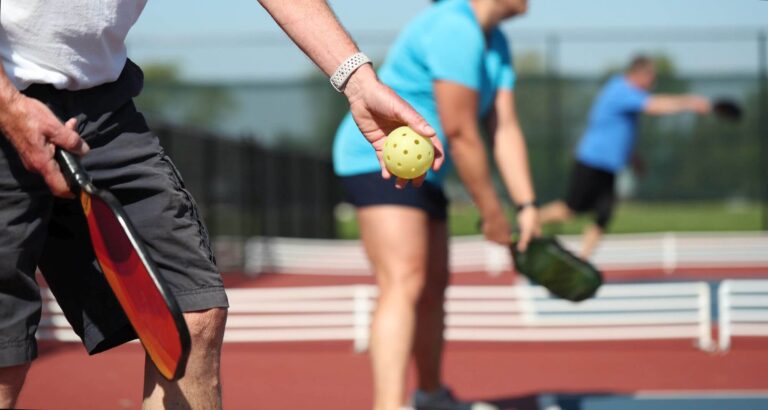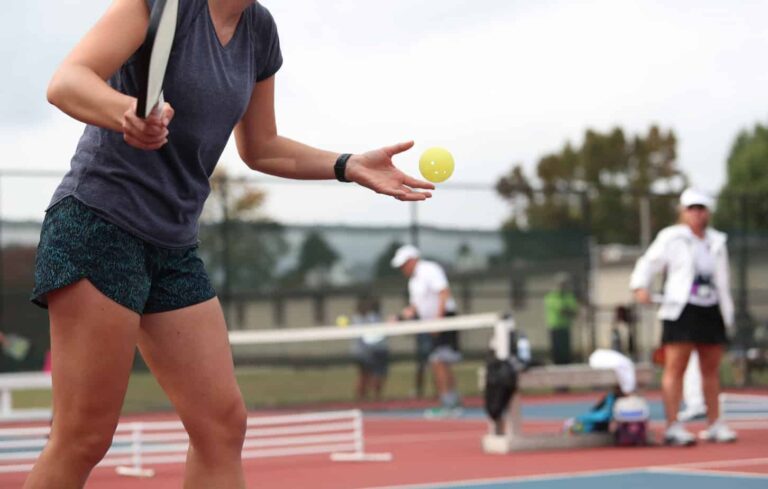Smooth Transition from Offense to Defense in Pickleball: Key Strategies
Mastering the smooth transition from offense to defense in pickleball is crucial for maintaining control and dictating the pace of the game. This guide delves into essential strategies that ensure seamless shifts between playing modes, enhancing your ability to adapt quickly to opponent moves and optimize court positioning for superior gameplay. Learn to anticipate, communicate, and execute with precision to dominate the court.
Key Takeaway
- Understanding the Game Dynamics – Grasp the essential characteristics and goals of both offensive and defensive plays in pickleball.
- Key Strategies for a Smooth Transition – Learn the importance of positioning, anticipating opponent moves, and effective communication, especially in doubles play.
- Techniques to Enhance Transition – Discover specific offensive and defensive techniques that facilitate smooth transitions and help regain or maintain control of the game.
- Practical Tips for Practice – Implement specific drills designed to improve transition skills in real game scenarios.
- Advanced Considerations – Focus on the mental and psychological aspects of transitioning, which are crucial for adapting strategies during the game.
- Conclusion – Reinforce the importance of these strategies in improving overall game play in pickleball.
This article delves into the art of smooth transitions in pickleball, equipping you with key strategies to navigate the ebbs and flows of the game effortlessly. Whether you’re a seasoned veteran or a budding enthusiast, these insights will elevate your performance and enrich your overall pickleball experience.
Understanding the Game Dynamics

Before we dive into the nitty-gritty of transition strategies, let’s establish a foundational understanding of offense and defense in pickleball.
Offensive Play: Characteristics and Goals
Offensive play in pickleball is all about asserting control and dictating the pace of the game. It’s characterized by aggressive shot-making, strategic court positioning, and a relentless pursuit of advantageous situations. The primary goals of offensive play include:
- Applying constant pressure on your opponents
- Forcing errors through well-placed shots and strategic positioning
- Maintaining control of the net area
- Creating opportunities for winning shots or put-aways
Defensive Play: Characteristics and Goals
On the other hand, defensive play is a more reactive approach, focused on neutralizing your opponent’s offensive threats and regaining control of the point. It involves absorbing the pace of incoming shots, repositioning strategically, and resetting the point when necessary. The key objectives of defensive play are:
- Minimizing unforced errors
- Extending rallies and wearing down opponents
- Transitioning back to offensive play when opportunities arise
- Disrupting your opponent’s rhythm and momentum
With a clear understanding of these contrasting styles of play, you’ll be better equipped to recognize the subtle cues that signal a need for transition, and more effectively navigate the dynamic nature of pickleball.
Key Strategies for a Smooth Transition

Now that we’ve established the foundations, let’s dive into the meat of the matter – the key strategies that will enable you to transition smoothly between offense and defense.
Positioning and Court Awareness
Proper court positioning is the cornerstone of effective transitions in pickleball. During offensive play, you’ll want to adopt an aggressive stance near the non-volley zone (kitchen line), ready to pounce on any short balls or put-away opportunities. However, when the tide turns defensive, you’ll need to quickly adjust your position, creating space between you and the net to better absorb incoming shots.
A simple anecdote illustrates this concept perfectly. Imagine a boxer in the ring, bobbing and weaving, looking for openings to unleash a flurry of punches (offensive play). But when their opponent starts landing heavy blows, the smart fighter will reset, create distance, and adopt a defensive stance (defensive play). This constant adaptation of positioning is akin to the court movements required in pickleball.
Anticipating Opponent Moves
The ability to read and anticipate your opponent’s shots is a superpower in pickleball. By observing subtle cues like body language, grip changes, and shot preparation, you can predict their intentions and adjust your strategy accordingly.
For instance, if you notice your opponent’s weight shifting onto their back foot, it might signal an impending lob or reset shot, prompting you to transition from offense to defense. Conversely, if they’re leaning forward and preparing to strike, you’ll want to brace for an aggressive shot and potentially counter-attack.
Effective Communication in Doubles
In the doubles realm of pickleball, effective communication with your partner is paramount for smooth transitions. Clear and concise on-court communication can help you stay in sync, coordinate your positioning, and seamlessly shift between offensive and defensive plays.
A simple “yours” or “mine” callout can prevent confusion and ensure both players are on the same page. Imagine the chaos that would ensue if both partners charged forward to attack a ball, only to collide mid-court! Effective communication eliminates such scenarios and fosters a cohesive team dynamic.
Techniques to Enhance Transition
Now that we’ve covered the key strategies, let’s explore specific techniques that can enhance your ability to transition smoothly between offense and defense.
Offensive to Defensive Transition Techniques
When shifting from offense to defense, timing is everything. You’ll want to apply pressure and maintain an aggressive stance until it becomes clear that your opponent has regained control of the point. At this juncture, it’s time to retreat and regroup.
One effective technique is to utilize shot selection as a means of transitioning. For example, if you’re unable to put away a ball, consider hitting a controlled dink or reset shot to neutralize the point and allow yourself to shift into a defensive position.
Defensive to Offensive Transition Techniques
On the flip side, when transitioning from defense to offense, you’ll want to capitalize on any opportunities to regain control and shift the momentum in your favor.
Defensive shots like lobs and resets can be used strategically to create space and time for you to reposition offensively. Once you’ve regained your footing near the kitchen line, look for opportunities to apply pressure through well-placed drives or attacks on your opponent’s weaker side.
A common scenario in pickleball involves one team defending relentlessly, until their opponents make a minor error or leave a ball hanging. In that split second, the defending team must pounce, transitioning seamlessly into an offensive mindset and seizing the opportunity to regain control of the point.
Practical Tips for Practice
As with any skill in pickleball, mastering the transition between offense and defense requires dedicated practice. Here are a few drills and tips to help you hone your transitional prowess:
Transition Drills
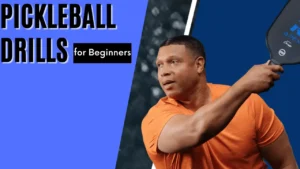
- Rally Control Drill: Start a rally, with one player consistently hitting deep, controlled shots to force their partner into a defensive position. On a signal, the defensive player must immediately transition to offense, attempting to regain control and dictate the point.
- Lob and Recover Drill: One player hits a lob, forcing their partner to retreat and defend. The defending player must then quickly transition back to offense, recovering their position at the kitchen line and looking for an opportunity to attack.
- Positional Transition Drill: Partners start at opposite baselines, then simultaneously move towards the kitchen line as if transitioning from defense to offense. On a signal, they must quickly retreat to their respective baselines, simulating a transition back to defense.
Repetition is key – the more you practice these drills, the more natural and instinctive the transitions will become.
Expected Outcomes from Regular Practice
By consistently incorporating transition drills into your practice routine, you can expect to see several tangible improvements in your game:
- Enhanced court awareness and positioning
- Quicker reaction times and improved anticipation skills
- Better coordination and communication with your doubles partner
- Increased confidence in navigating the ebbs and flows of a match
- An overall smoother, more cohesive style of play
Ultimately, the ability to transition seamlessly between offense and defense will give you a significant competitive edge, allowing you to dictate the pace and rhythm of the game.
Advanced Considerations
As you progress in your pickleball journey, you’ll encounter more nuanced aspects of transitioning between offense and defense. Let’s explore some advanced considerations to take your game to the next level.
Mental and Psychological Aspects of Transitioning
Mastering the physical techniques of transitioning is only half the battle. The mental and psychological aspects of adapting your strategy on the fly are equally crucial.
Maintaining focus and composure during transitions is paramount. It’s easy to get flustered when the momentum shifts unexpectedly, leading to poor decision-making and unforced errors. Cultivating a mindset of adaptability and resilience will serve you well in these situations.
Here’s a continuation of the article:
Additionally, you’ll need to develop the ability to read the flow of the game and adjust your strategies mid-match. Perhaps your opponent has identified a weakness in your defensive game, prompting you to adopt a more aggressive, counter-punching style. Or maybe their relentless attack has exposed vulnerabilities in your offensive approach, necessitating a more defensive, patient strategy.
The key is to remain mentally agile and open to adapting your tactics based on the ever-changing dynamics of the game. Don’t stubbornly cling to a strategy that’s no longer working – embrace the fluidity of pickleball and adjust your approach accordingly.
Embracing the Chaos
At the highest levels of pickleball, the transitions between offense and defense can happen in the blink of an eye, creating a sense of controlled chaos on the court. Balls are zipping back and forth, players are scurrying from one corner to the next, and the momentum shifts with every shot.
Embracing this chaos, rather than being overwhelmed by it, is a hallmark of elite players. They thrive in the unpredictable nature of the game, relishing the challenge of rapidly adapting their strategies and outmaneuvering their opponents.
Imagine a chess grandmaster, effortlessly navigating a dizzying array of possible moves and countermoves, always thinking several steps ahead. In pickleball, you must cultivate a similar mindset, anticipating potential transitions and having contingency plans ready to seamlessly shift gears.
As the legendary hockey player Wayne Gretzky once said, “Skate to where the puck is going, not where it has been.” Similarly, in pickleball, you must position yourself not just for the current shot, but for the potential transitions that may follow.
Conclusion
Mastering the smooth transition from offense to defense (and vice versa) is a skill that separates the true pickleball masters from the rest. By implementing the strategies and techniques outlined in this article, you’ll be well on your way to elevating your game and achieving a level of fluidity that leaves your opponents utterly perplexed.
Remember, pickleball is a game of constant adaptation, and those who can navigate the ebbs and flows with grace and precision will emerge victorious time and time again. Embrace the chaos, stay mentally agile, and never stop refining your transitional prowess – for in the world of pickleball, the ability to seamlessly shift gears can mean the difference between triumph and defeat.

